Morning,
My brother recently bought a house about 6 months ago which was left empty for about 2 years by the previous owners. The work from inside was completed to about 75% but some work was left when my bro purchased the house. All the plastering in the house was done by the previous owners and was new.
The work left was nothing major or structural. It took around 3-4 months for the remaining work to be completed. He's a full time worker so only could get most of the work done over weekend hence the reason why it took 3-4months.
Anyways, in those 3-4 months every time my brother went to house he would switch on the heating until the work was completed for that day.
Before the house was bought, he got a structural survey done and found no structural or subsidence issues.
Now that he moved in, living in the house for about 1 month now, he has seen some really odds cracks occurring in the walls and ceilings. I'm under the impression this is occurring because of the house being empty for so long?!!! But i'm no structural expert.
I have attached some pics with this post.
Before i call out a structural engineer to take a look at this, can anyone with building knowledge let me know their thoughts? Any structural engineers on DW that can provide some input? Am i over-worrying?
thanks
My brother recently bought a house about 6 months ago which was left empty for about 2 years by the previous owners. The work from inside was completed to about 75% but some work was left when my bro purchased the house. All the plastering in the house was done by the previous owners and was new.
The work left was nothing major or structural. It took around 3-4 months for the remaining work to be completed. He's a full time worker so only could get most of the work done over weekend hence the reason why it took 3-4months.
Anyways, in those 3-4 months every time my brother went to house he would switch on the heating until the work was completed for that day.
Before the house was bought, he got a structural survey done and found no structural or subsidence issues.
Now that he moved in, living in the house for about 1 month now, he has seen some really odds cracks occurring in the walls and ceilings. I'm under the impression this is occurring because of the house being empty for so long?!!! But i'm no structural expert.
I have attached some pics with this post.
Before i call out a structural engineer to take a look at this, can anyone with building knowledge let me know their thoughts? Any structural engineers on DW that can provide some input? Am i over-worrying?
thanks
Attachments
-
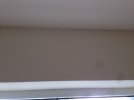 IMG-20140608-WA0000.jpg19.3 KB · Views: 18
IMG-20140608-WA0000.jpg19.3 KB · Views: 18 -
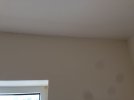 IMG-20140608-WA0001.jpg16.8 KB · Views: 15
IMG-20140608-WA0001.jpg16.8 KB · Views: 15 -
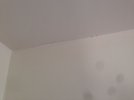 IMG-20140608-WA0002.jpg15.8 KB · Views: 14
IMG-20140608-WA0002.jpg15.8 KB · Views: 14 -
 IMG-20140608-WA0003.jpg25.3 KB · Views: 15
IMG-20140608-WA0003.jpg25.3 KB · Views: 15 -
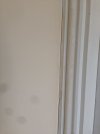 IMG-20140608-WA0004.jpg29.2 KB · Views: 13
IMG-20140608-WA0004.jpg29.2 KB · Views: 13 -
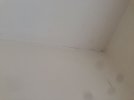 IMG-20140608-WA0005.jpg15.8 KB · Views: 12
IMG-20140608-WA0005.jpg15.8 KB · Views: 12 -
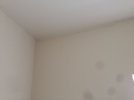 IMG-20140608-WA0006.jpg16.2 KB · Views: 12
IMG-20140608-WA0006.jpg16.2 KB · Views: 12 -
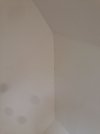 IMG-20140608-WA0007.jpg16.1 KB · Views: 11
IMG-20140608-WA0007.jpg16.1 KB · Views: 11 -
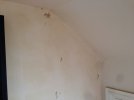 IMG-20140608-WA0008.jpg24.6 KB · Views: 12
IMG-20140608-WA0008.jpg24.6 KB · Views: 12 -
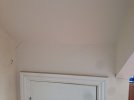 IMG-20140608-WA0009.jpg24.7 KB · Views: 13
IMG-20140608-WA0009.jpg24.7 KB · Views: 13
